
If You Notice a Dark Ring Around Your Neck, Go See Your Doctor Immediately! This Is What It Means

Over the past decade, obesity rates have been steadily increasing—and not just among adults. Worryingly, more and more children and teenagers are now being diagnosed with type 2 diabetes, a condition that was once considered rare in young people.
One such case is that of 14-year-old Pantera, who began noticing unusual changes in her health. At first, they seemed minor, but they quickly became difficult to ignore:
-
She was constantly thirsty, no matter how much water she drank.
-
She experienced frequent headaches and dramatic mood swings.
-
And most concerning of all, she developed a dark, velvety ring around her neck.
At first glance, the discoloration might look like poor hygiene or a simple skin issue. However, doctors warn that it’s often much more serious. According to Dr. Alyne Ricker, a pediatric endocrinologist at the Joslin Diabetes Center in Boston, this condition is called acanthosis nigricans, and it may be one of the earliest visible warning signs of insulin resistance—a key precursor to type 2 diabetes.
“When your body starts producing excessive amounts of insulin—which is common in early type 2 diabetes—the receptors in skin folds react by increasing pigment production,” Dr. Ricker explains.
This skin darkening doesn’t just appear on the neck. It can also show up in other areas where the skin folds or rubs together, including:
-
Under the arms
-
Between the thighs
-
Around the fingers and toes
-
On the elbows and knees
The patches are typically dark brown or black, have a soft or velvety texture, and often go unnoticed until other symptoms begin to emerge.
Why You Should Pay Attention to This Subtle Symptom
Acanthosis nigricans itself is not dangerous, but it’s often a red flag for something more serious happening inside the body. The condition indicates that insulin—the hormone responsible for regulating blood sugar—is no longer functioning efficiently. When insulin sensitivity decreases, the body compensates by producing more of it, eventually overwhelming the system and leading to type 2 diabetes.
Medical professionals stress the importance of recognizing these early signs, especially in children and teens, where lifestyle changes and early intervention can make a significant difference in long-term outcomes.
“This dark ring can be your body’s way of waving a red flag,” says Dr. Ricker. “If paired with other symptoms like extreme thirst, frequent urination, or fatigue, it’s crucial to consult a doctor.”
Taking Action Early
If you or a loved one notices this type of skin discoloration—particularly alongside signs like weight gain, irritability, or persistent tiredness—it’s worth seeking medical advice. Doctors may recommend blood tests to assess insulin levels, glucose tolerance, and other metabolic indicators.
The good news is that insulin resistance and even early-stage type 2 diabetes can often be managed—and sometimes reversed—with dietary adjustments, increased physical activity, and medical support. In Pantera’s case, early detection helped her and her family make critical changes to her diet and lifestyle.
Stay Informed, Stay Healthy
Understanding the body’s subtle signals can be a powerful tool in preventing long-term illness. Acanthosis nigricans might be easy to overlook, but its presence could help catch a serious condition early—before it progresses.
If you're unsure what this dark ring might look like, educational videos and medical resources are available to help you recognize it. By staying informed and proactive, families can protect their children’s health and reduce the risk of diabetes-related complications later in life.
News in the same category


Health Food & Nutrition Beauty Aromatherapy Animals
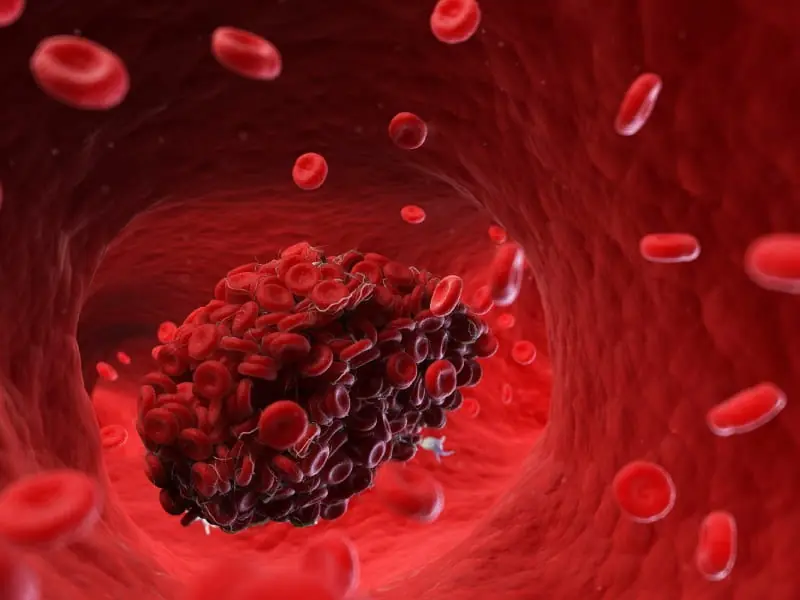
Cardiologists Say This Common Habit Is a Blood Clot Risk

‘Ghost Boy’ Wakes Up From Coma After Being Trapped For 12 Years—What He Heard the Whole Time Will Haunt You

What Staying Up Late Every Night Really Does to You—Massive 24,000 Person Study Reveals the Truth
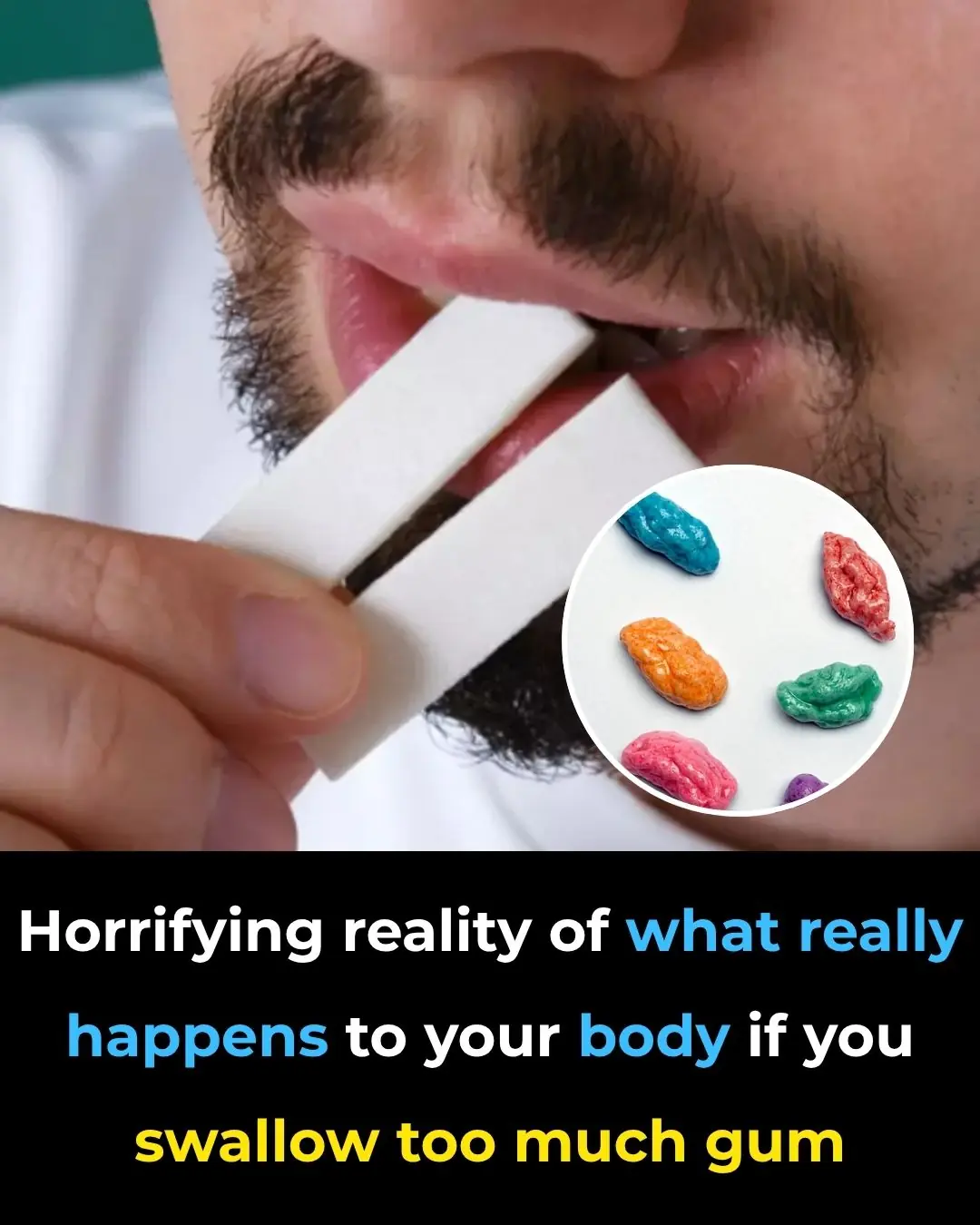
Horrifying reality of what really happens to your body if you swallow too much gum
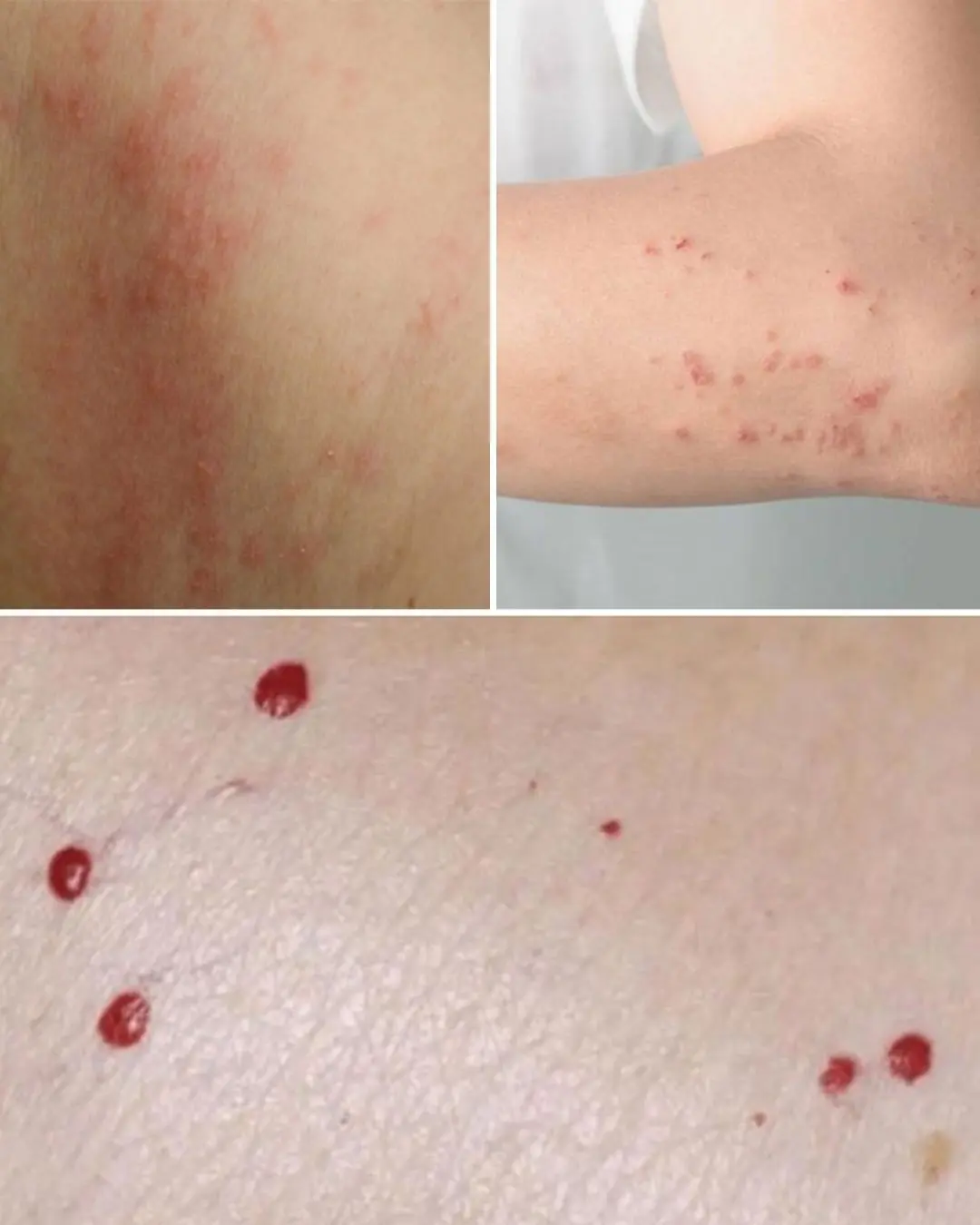
Red Spots on Skin: 13 Common Causes
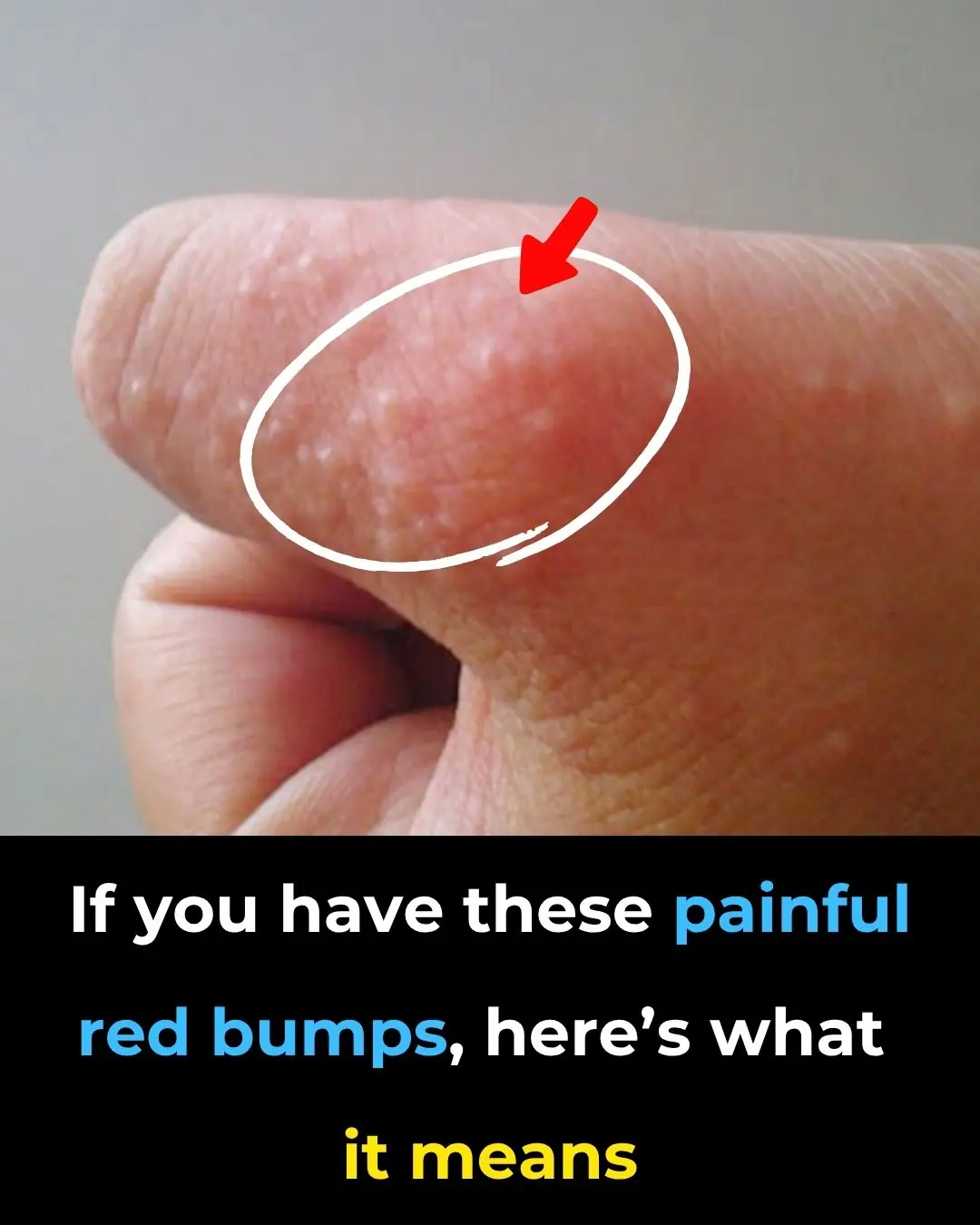
Painful Red Bumps on Skin? It Might Be Dyshidrotic Eczema
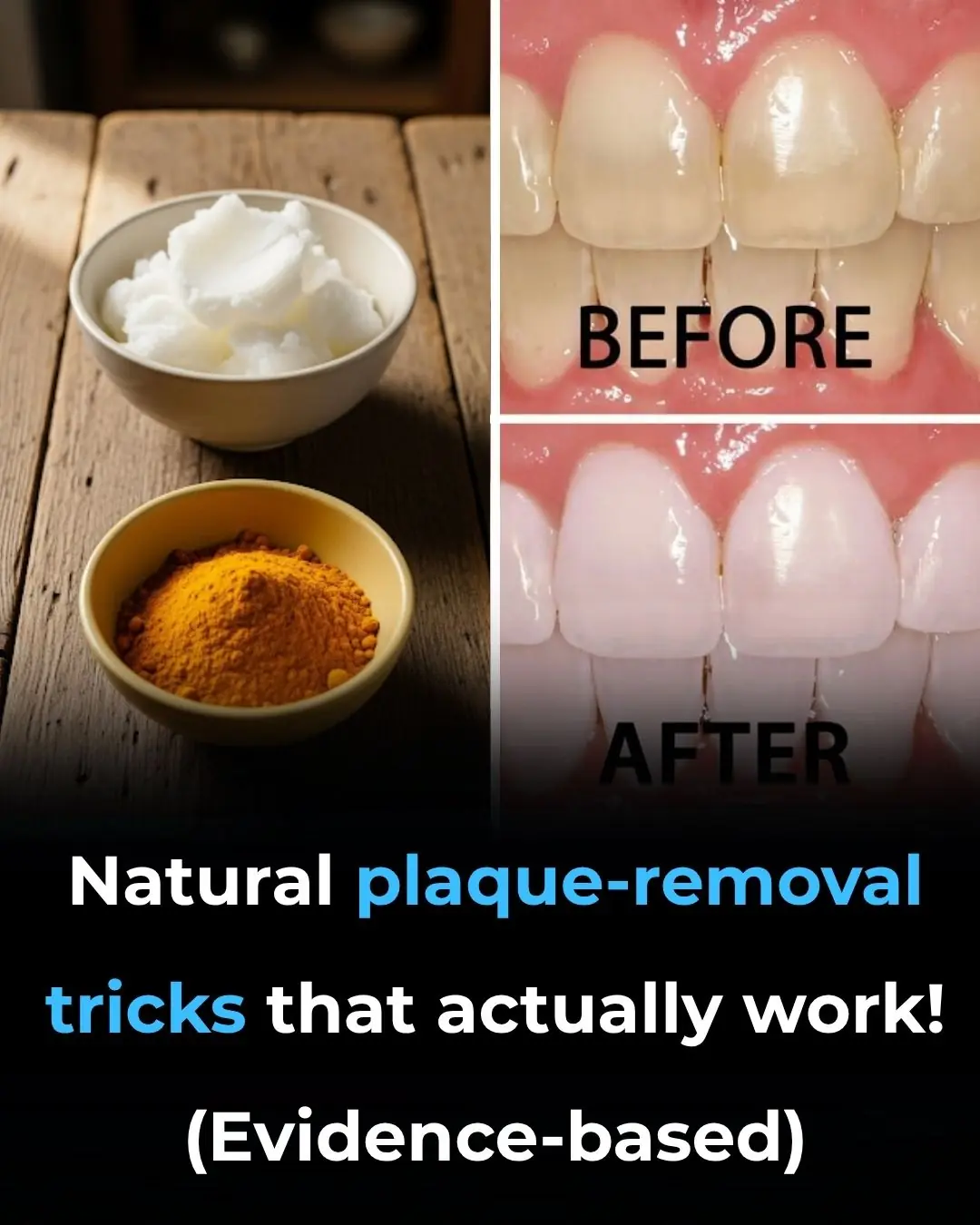
How to Remove Dental Plaque Naturally (Evidence Based)
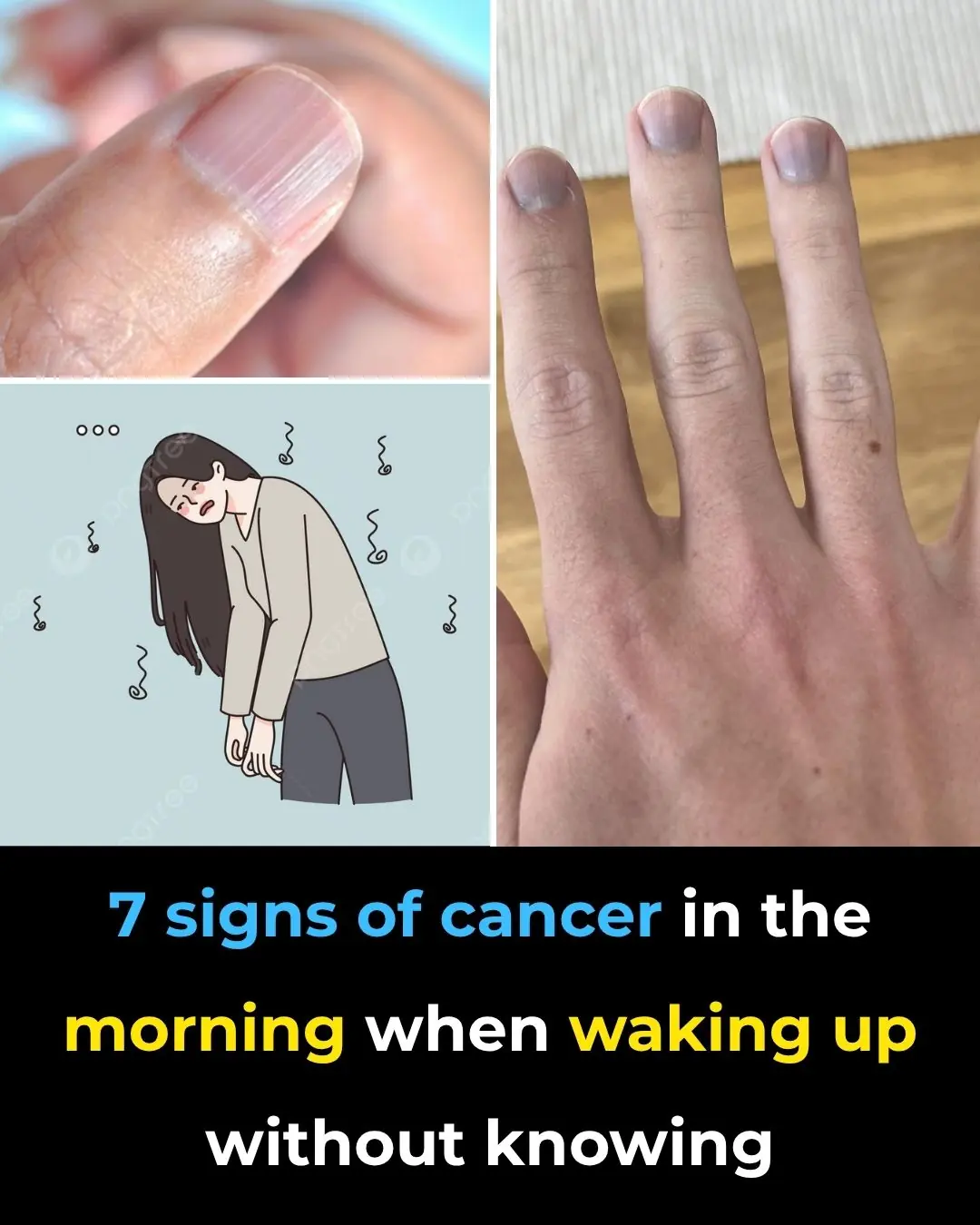
7 signs of cancer in the morning when waking up without knowing

Facing Your Phobias While Lucid Dreaming May Reduce Real-Life Fears, Scientists Say

Scientists Reveal: Fat Is Expelled Through Your Breath During Weight Loss. You Literally Breathe Out Fat

Scientists Have Found The ‘Off’ Switch For Anxiety Without Any Side Effects

How to Lower High Blood Pressure Quickly Without Medications (Evidence Based)

10 Surprising Benefits of Drinking Apple Cider Vinegar According to Science

Unlock Your Body's Healing Power: Just 9 Days of Less Sugar

Breakthrough male birth control pill just passed human safety testing

Medicinal Health Benefits of Garlic (Raw, Supplement) – Science Based
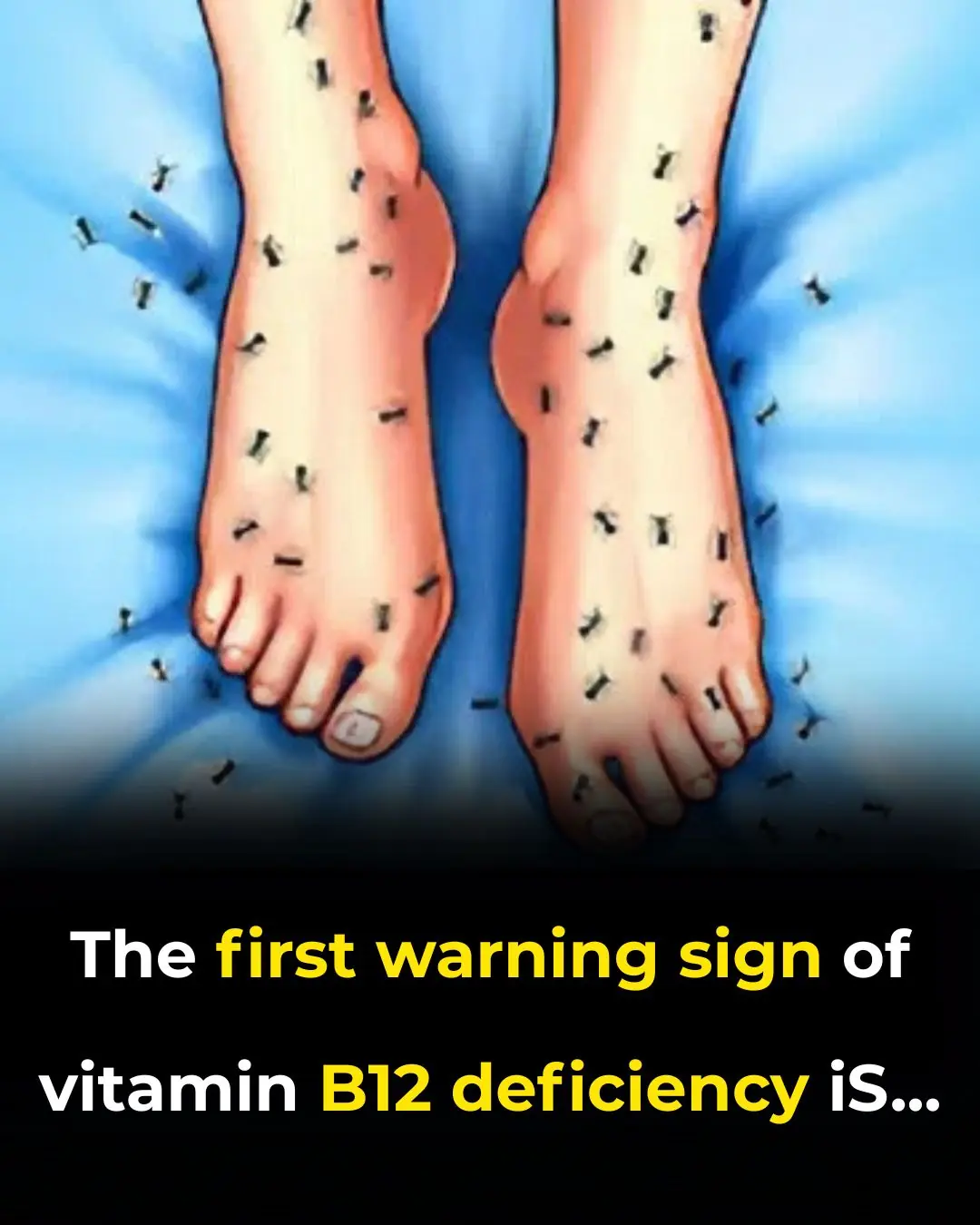
Warning Symptoms of Vitamin B12 Deficiency and How to Fix It
News Post

Instructor Told Pilot To Turn Seconds Before Black Hawk Collided With Passenger Jet

Here’s What You Need To Know To Stay Safe Of The The Hidden Fire Risk Of Air Fryers

Wildfire Grows Into Megafire In Northern Arizona—Now Driving Its Own Climate

Mystery Space Object Might Be An Alien Ship Preparing To Strike Earth

Research Reveals Cells’ Ability of Deceased Organisms to Form New Life

Ethan Caldwell appeared to have everything—wealth, fame, and power. By the age of 42, he was a billionaire, having sold a booming tech startup at its market peak

The husband forgot to end the call. The wife overheard his conversation with his mother and filed for divorce the very same day.

If you drink cucumber water every morning, this is what happens to your body

Husband Leaves Pregnant Wife for Mistress — Eight Years Later, She Returns in a Helicopter with Their Twins…

— They came empty-handed — so drink water, — the relatives finally drove the hostess crazy.

Health Food & Nutrition Beauty Aromatherapy Animals

A Waitress Shamed My Grandma for Leaving 'Too Small' a Tip – I Made Her Regret It in the Most Unexpected Way

My MIL Secretly Made a Duplicate Key to Our House — What She Did There While We Were Away Stunned Me

I Found Out My Brother Was Secretly Transferring Money to My Wife – When I Figured Out Why, I Went Pale

I Saw a Lost Child in the Airport — What He Had in His Backpack Made Me Gasp

I Got a Text from My Husband’s Number Weeks after He Died & When I Traced It, the Truth Shattered Me — Story of the Day

Millionaire Dresses as a Bum and Visits His Company on an Undercover Mission — Story of the Day

Cardiologists Say This Common Habit Is a Blood Clot Risk
